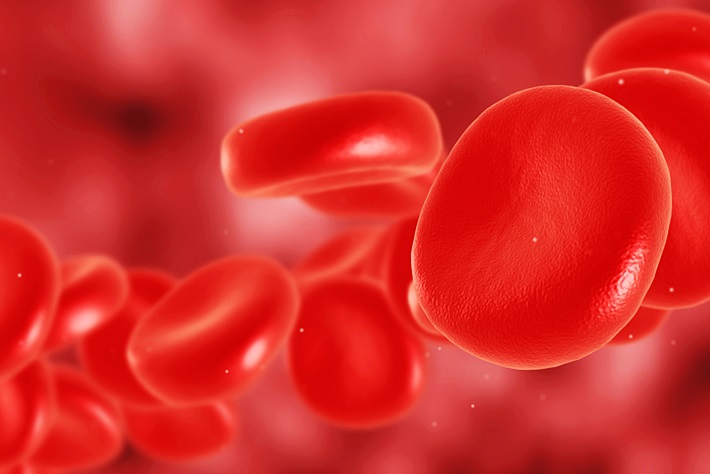
As part of Cataract Awareness Month, our blog post series is raising awareness for cataracts in children. This blog posts is going to take a closer look at how stem cells have been used to treat cataracts in children.
The standard practice for treating cataracts is to remove the cloudy lens, and replace it with a plastic one whilst using the substitution of contact lenses or glasses on very young children.
Research from several institutes in China and in the USA conducted a study in 2016 to determine whether stem cells could be used to regenerate the removed lens affected by cataracts.
How is the operation different?
In the standard method of surgery, an incision is made in the centre of the eye through which the lens is removed. Should your child be old enough, a plastic lens is then used to replace it. If your child is too young, your doctor will recommend using contact lenses and glasses to begin with in order to avoid any complications further down the line.
The clinical trial tested in China involved operating on 12 babies born with congenital cataracts. As opposed to the standard invasive operation currently used everywhere, this new procedure incorporates making an incision away from the centre of the lens and therefore allowing the stem cells already in place to regenerate and form a new lens.
How successful was this new method?
The clinical trial of this new and less invasive form of surgery was carried out on 12 babies under the age of two. Compared to a control group of 25 babies who underwent the normal procedure, the clinical trial suffered fewer complications such as post operation inflammation and also proved to recover quicker. Within three months of the surgery, all 12 babies had a fully formed regenerated lens.
What does this mean for the future of cataract surgery in children?
At the moment, cataract surgery in children is still invasive and with no guarantee to restore vision. Once the cataracts have been removed, many children still require contact lenses or glasses to continually correct their vision.
Although this new experimental method has shown promising success, it is still a long way from being available to the general population and will undergo more rigorous testing beforehand to determine its success rate and whether there are any lasting implications.
The use of stem cells in treating cataracts
This isn’t the only evidence of using stem cells to treat cataracts as there are numerous reports of how a range of stem cells have been used in a variety of ways; including the injection of stem cells into the affected area after the original lens has been taken out. Research has demonstrated how these type of stem cells have been able to reconstruct the missing lens by providing a scaffold for the new lens to develop.
This research holds promising optimism for revolutionising the way cataracts in children are treated and also provide an indicator as to how the advances in stem cell technology are allowing us to break new boundaries.
Read Previous Posts:
Causes of Cataracts in Children & How it Affects Your Child’s Vision
Common Signs and Symptoms of Cataracts in Children
5 Tips to Prevent Cataracts in Children
Common Treatments Available for Cataracts in Children
Resources:
http://ucsdnews.ucsd.edu/pressrelease/stem_cells_regenerate_human_lens_after_cataract_surgery_restoring_vision
https://www.ncbi.nlm.nih.gov/pmc/articles/PMC4769785/
http://www.nature.com/nature/journal/v531/n7594/full/nature17181.html
http://www.cbsnews.com/news/cataract-surgery-using-stem-cells-shows-promise-in-babies/
http://www.nhs.uk/news/2016/03March/Pages/Childrens-eyes-damaged-by-cataracts-repaired-by-stem-cells.aspx
{{cta(‘2d44fa50-815b-426d-bfed-c3b2bcff75af’)}}


